Michelangelo was disinterested in portraying animal life. Search high and low, and you will only be treated to a small selection. An uninspired collection who’s purposes is to support some larger allegorical tail.
Rothschild’s collection of Bronze Panthers, supporting the nude male. Michelangelo’s obsession.
The Sistine Chapel’s Adam & Eve – The Fall; The Serpent is portrayed as a woman, conflating women with temptation.
The Sistine Chapel’s Jonah, With the Prophet Jonah’s thigh being mouthed by a common Mediterranean Dentex fish
San Lorenzo’s The Night; with the Marble Owl standing on guard, shielding prying eyes from Nights thighs.
All in all, not his best work.
Today, we understand the combined interdependence of nature with human kind. Wild life is no longer just a supporting structure. In this way, I really appreciate Saint Francis of Assisi and his kinship with our wild wonderers. For Francis, God’s love of nature was reflected in all of creation.
My favourite story attributed to him is how he tamed the Wild Wolf of Gubbio. A terror of an animal described larger than life and may have inspired Grimms’ Riding Hood tale.
This creature killed and ate any unfortunate creature that wandered alone along its path. Be it pig, lamb, or man. Leaving the towns folk quivering at night. In walks Francis, with disregard to warnings, set off into the mountains in search of the wolf. He had faith in that all that was needed was a little mutual understanding. At first sight, the animal charged, just as Saint Francis held out is arm. In that moment, perhaps startled by Assisi’ calm demeanour, the wolf changed his gate from that of attack to rambunctious play… The two become the best of friends, brothers for life.
Now that’s a story… and this is the motivation behind my next statue that captures this very moment.
“Brothers” Continue reading


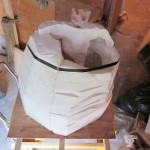
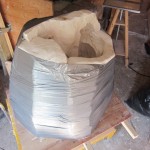
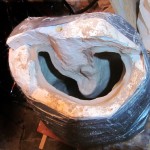
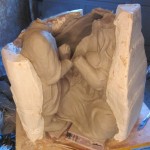
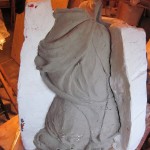
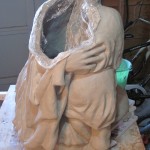
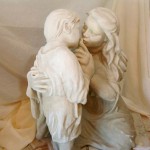
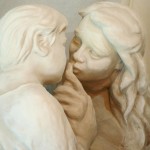
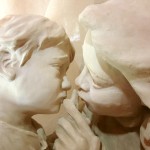
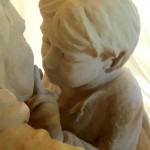
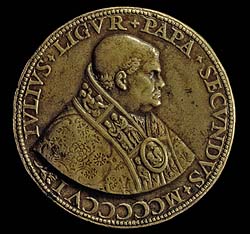 As I have previously mentioned, Michelangelo would normally not have pressed or poured clay into prepared plaster molds. Though he did have experience working with bronze and the making of casts, he preferred to simply jump from the maquette stage directly to carving marble. With the master’s near bottomless supply of financial support… literally buckets of ducats, he could afford to live well on the florins shovelled out by Florence. Papal Scudos, Parman Neapolitan Piastras. (sounds yummy)
As I have previously mentioned, Michelangelo would normally not have pressed or poured clay into prepared plaster molds. Though he did have experience working with bronze and the making of casts, he preferred to simply jump from the maquette stage directly to carving marble. With the master’s near bottomless supply of financial support… literally buckets of ducats, he could afford to live well on the florins shovelled out by Florence. Papal Scudos, Parman Neapolitan Piastras. (sounds yummy)